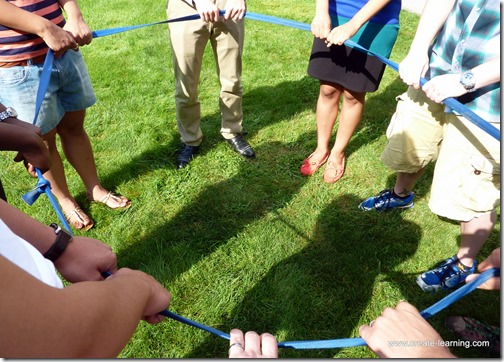Resistance to change is as inventible as change itself.
Resistance to Change
- Fear of Temporary Incompetence
- Fear of punishment for incompetence
- Fear of Loss of Group Membership
- Fear of loss of power or position
When we ask people & ourselves to change how the work gets done there has to be support and clarity and opportunity to Unfreeze, Move, and Refreeze.
Fear of loss of power or position
- The most common basis of resistance to change is the fear that with your new learning will come a new position that will be lower in the status hierarchy or less powerful than the position you now hold. – Edgar Schein
How do you create comfort & safety for change?
You’ve experienced it, I’ve been a part of the resistance & been seen as the enemy. It is the water cooler talk:
- They are changing things to cut heads and “maximize” their profits.
- With this new computer system our skills will no longer be relevant.
- I’m not going to train or support or learn this new stuff. I am to go-to person and this company needs me.
It makes me sweat remembering those feelings of being an employee and trying to balance knowing that change is good & needed while still being a part of the social group.
Solution-Steps to find cooperation
- Be open & honest as possible about the change. Work through the ‘Planning a Change’ questions. Draft the plan, share the draft, ask for feedback, share the plan.
- Define boundaries and allow for people to be self-directed in their work. People want to do their best work, as a manager define the boundaries and get out of their way.
- Ask for immediate feedback. This should happen with direct face to face discussions. AND large group change updates.
- Every step you take must be focused on Trust Attracting. Throughout the entire change process ask 5 to 20 times Does this change / decision attract trust or repel trust? If it attracts trust go forward …. if it repels trust fix it.
- Set short & clear checkpoints & milestones. With short term checks you can iterate and those that were resistant will have to face the belief vs. evidence gap.
- If you do not know, scale back the change to a point that you can know. If someone asks, “Is this change going to affect what I do? How?” and you do not know. Share what you know about the change and follow-up as you know more.
- Involve those that may be afraid of losing status early and often. Keep them as the High Status Subject Matter Experts and involve them in the changes.
- Focus on Cooperation loops. What you look for in people you will generally find.
- Take resistors seriously but not literally. Listen, they may be right and the change is not best. As you find cooperation and progress highlight and reinforce the progress.
- Keep with it. For change to become part of the current behaviors it takes between 2 to 5 years.
- Hire Create-Learning. Having an outside expert work with the team to offer knowledge & learning & coaching will allow resistors ‘Social Identity’ to feel comfort, while keeping track of progress and identifying the best Bright Spots to make this change happen.
What do you think?
Have you been resistant to change for fear of losing status? What worked for you? What would have made is more successful?



